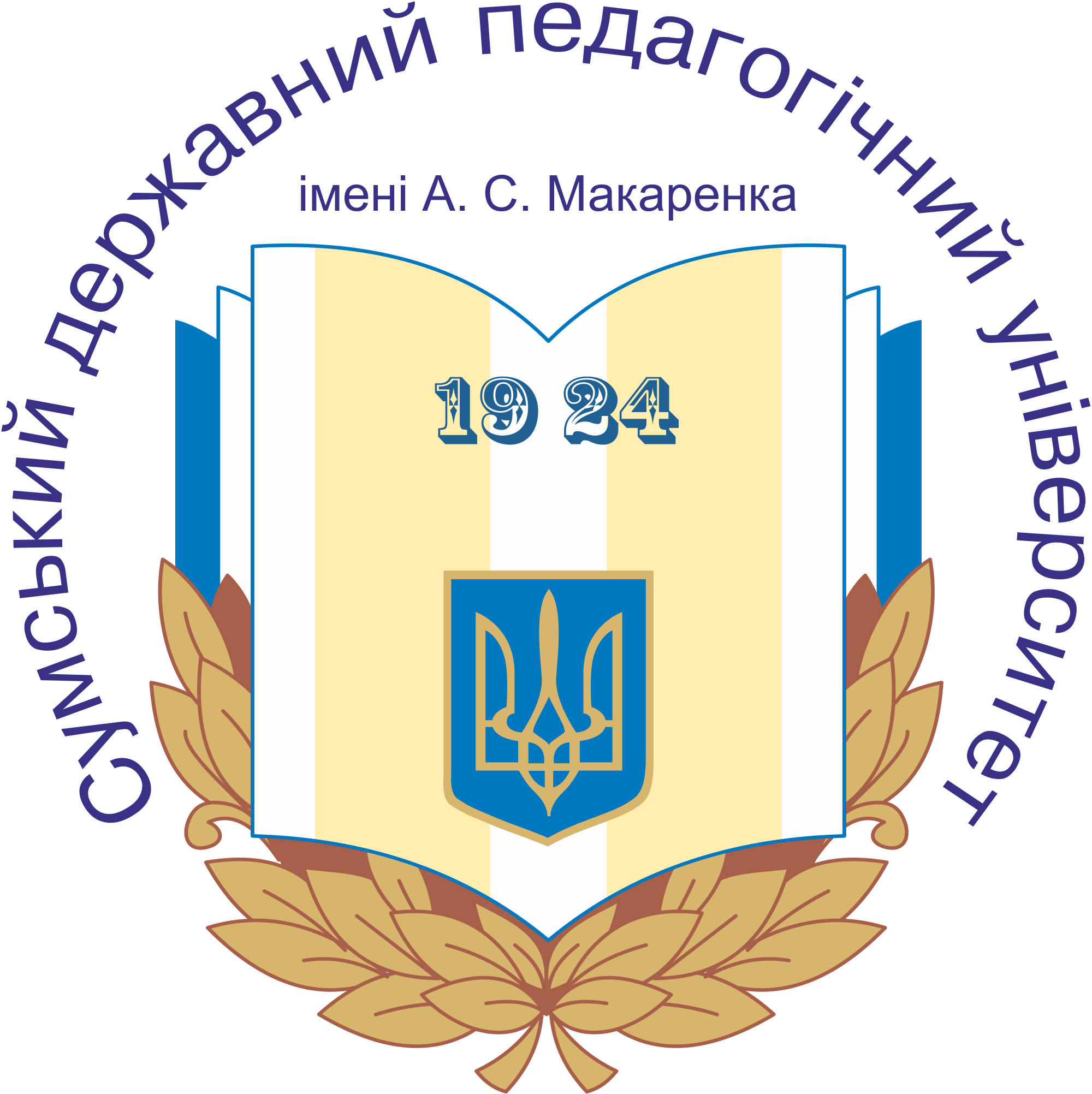
Запрошуємо до репозитарію відкритого доступу Сумського державного педагогічного університету імені А. С. Макаренка (eSSPUIR)!
eSSPUIR - Електронний інституційний репозитарій Сумського державного педагогічного університету імені А.С. Макаренка
ISSN 2522-1531
eSSPUIR – електронний архів наукових та освітніх матеріалів СумДПУ імені А. С. Макаренка, що забезпечує накопичення, систематизацію, зберігання інтелектуальних продуктів наукового, освітнього та методичного призначення, створених університетськими спільнотами Сумського державного педагогічного університету імені А. С. Макаренка, та забезпечує довготривалий, постійний і надійний безкоштовний відкритий доступ до них засобами Інтернет-сервісів, поширення цих матеріалів у середовищі світового науково-освітнього товариства.
Кількість документів: 17103. Останнє оновлення: 15.12.2025.

Для створення, накопичення й редагування власних колекцій звертайтеся до
адміністратора архіву.
Фонди
Виберіть фонд, щоб переглянути його зібрання.